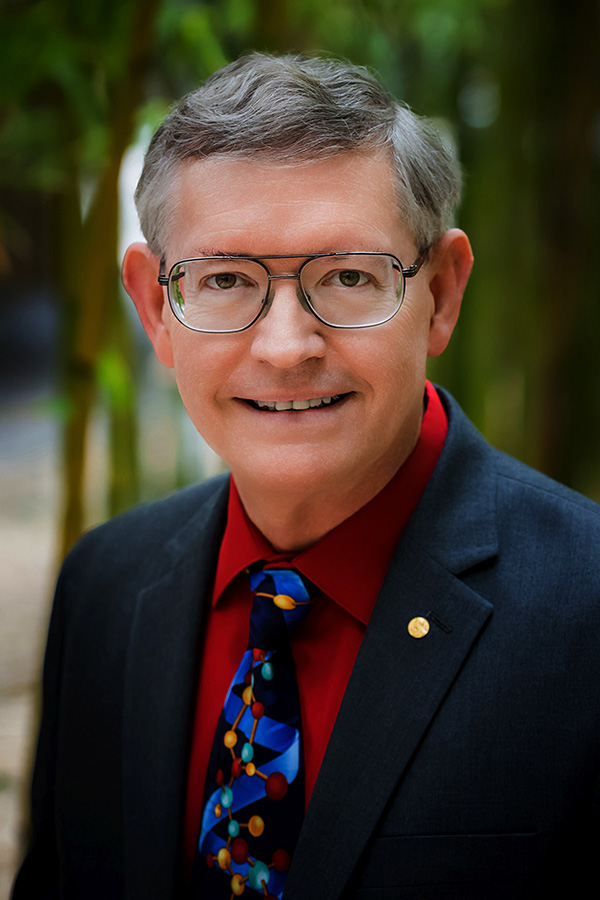W. E. Moerner — Lecture
Noble Laureate
| Event Date: | February 26, 2020 |
|---|---|
| Speaker: | W.E. Moerner | Stanford University, Harry S. Mosher Professor |
| Speaker Affiliation: | Stanford University |
| Sponsor: | Weldon School of Biomedical Engineering |
| Time: | 9:30-10:30 a.m. |
| Location: | MJIS 1001 |
| Contact Name: | Maria Longoria-Littleton |
| Contact Phone: | +1 765 49-40015 |
| Contact Email: | mlongori@purdue.edu |
| Priority: | Yes |
| School or Program: | College of Engineering, Biomedical Engineering |
| College Calendar: | Show |
Single Molecules and 3D Super-Resolution, 3D Tracking, and Cryo-CLEM in Cells
 Abstract
Abstract
Super-resolution microscopy has opened up a new frontier in which biological structures and behavior can be observed in fixed and live cells with resolutions down to 20-40 nm and below. Examples range from protein superstructures in bacteria to bands in axons to details of the shapes of amyloid fibrils, cell surface sugars, protein superstructures in the primary cilium, and much more. For super-resolution imaging in thick cells, a new tilted light sheet design makes use of PSF engineering to create a simple, useful microscope. Low temperature single-molecule imaging provides much improved localization precision in order to complement cryo- electron tomography studies. Additional methods development research addresses ways to use ideas from machine learning and convolutional neural nets to enhance image processing of single-molecule data. Combining super-resolution imaging of a static structure with 3D tracking of other biomolecules provides a powerful view of cellular dynamics.
Biography
Education:
- 1982: PhD (Physics), Cornell University
Positions:
- 1981-95: Research Staff Member, IBM Almaden Research Center, San Jose, CA.
- 1993-1994: Guest Professor of Physical Chemistry, ETH Zürich
- 1995-98: Distinguished Professor, Chemistry and Biochemistry, University of California
San Diego
- 1998-: Professor, Chemistry; Courtesy Professor, Applied Physics, Stanford University.
Selected Awards:
- 2007, Member of the National Academy of Sciences
- 2008, Wolf Prize in Chemistry
- 2009, Irving Langmuir Prize in Chemical Physics
- 2013, Peter Debye Award in Physical Chemistry
- 2014, Nobel Prize in Chemistry for super-resolved fluorescence microscopy
Research Interests:
- Physical chemistry, biophysics, and the optical properties of single molecules
- Active development of 2D and 3D super-resolution optics and imaging for cell biology
- Imaging studies include protein superstructures in bacteria, structure of proteins in cells, studies of chromatin organization, and dynamics of regulatory proteins in the primary cilium.
- Measurements of the motions of single proteins, DNA, and RNA in 3D in real time
- Precise analysis of photodynamics of single trapped biomolecules in solution, with applications to photosynthesis, protein-protein interactions, and transport measurements
Watch Lecture
Watch Panel
